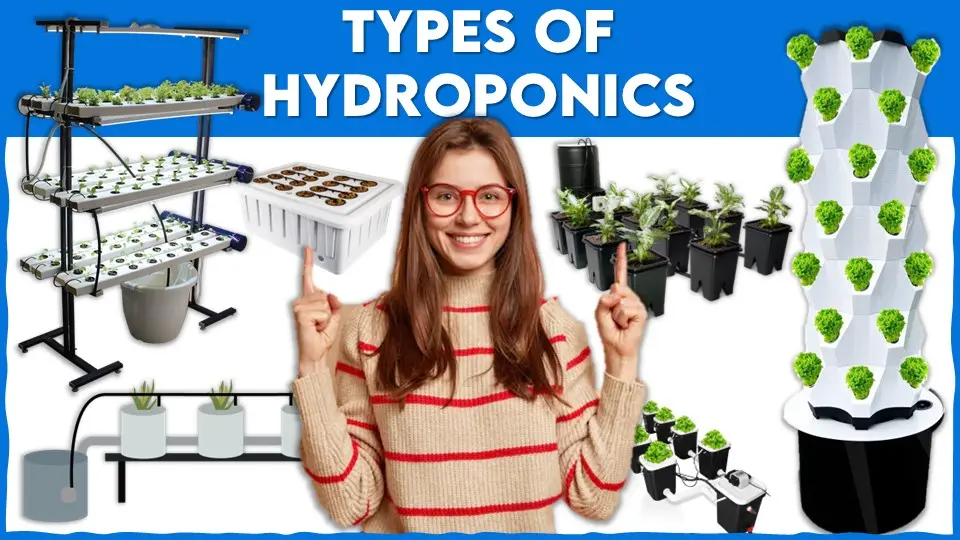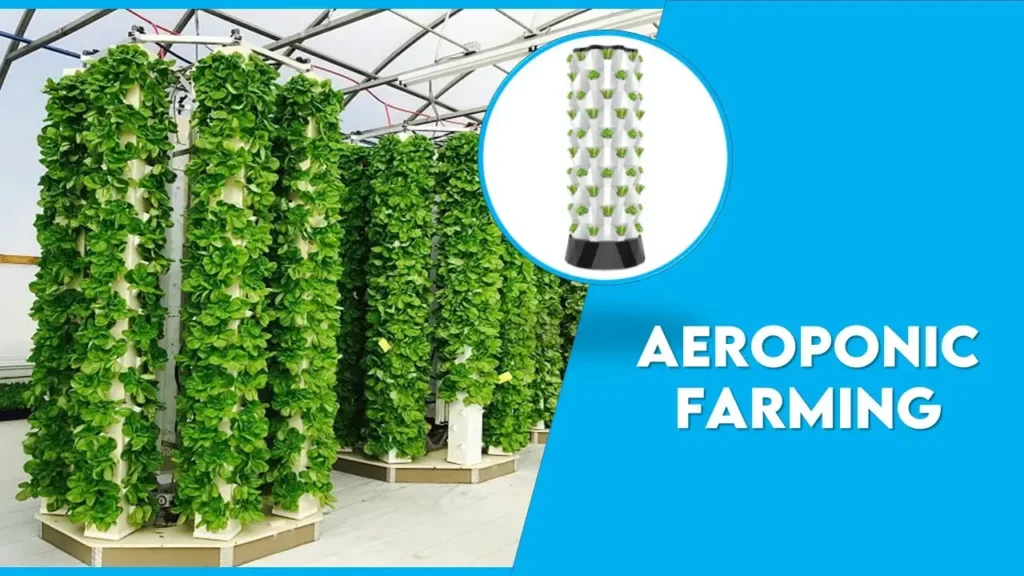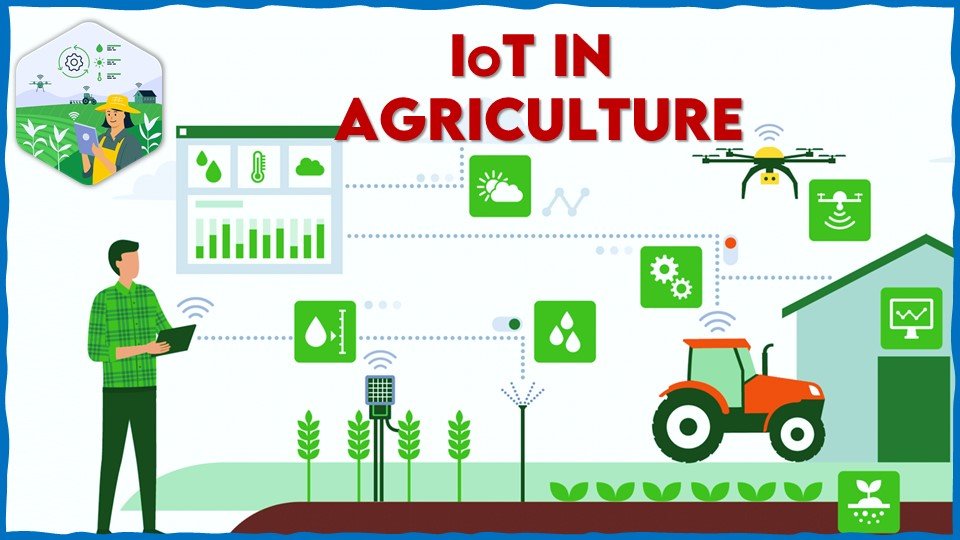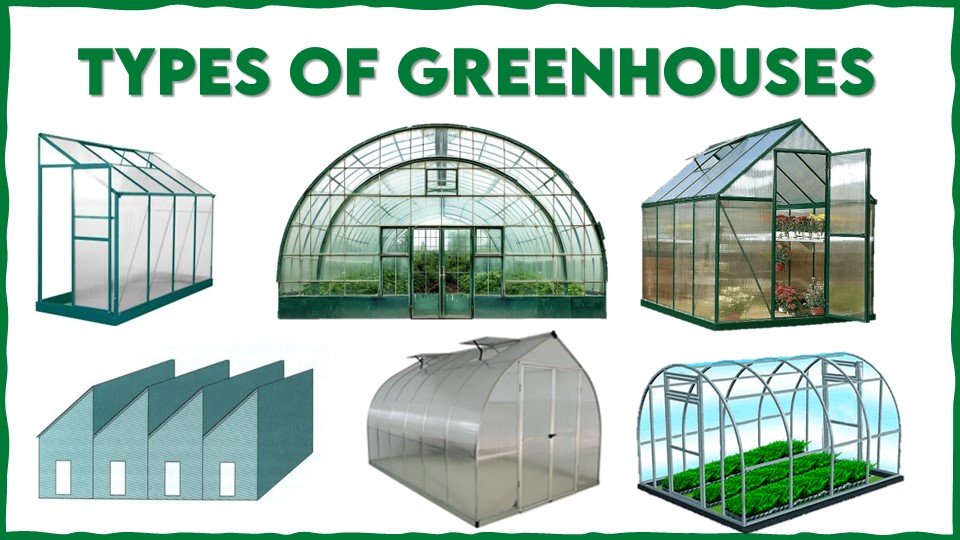This is the common thing that we all are aware of Hydroponics. But here, we can go a little deeper into hydroponics. When speaking theoretically, hydroponics is very simple and people often jump into it without proper idea about the costs and investments required to establish a hydroponics setup.
Practically, a more investment is required to start a hydroponics unit in India. If you are a farmer, and planning to do hydroponics, then this will be helpful. It’s not possible to give you a straight answer for the question, how much does a hydroponic unit cost. It depends on the various elements used in the unit, the environmental conditions etc. Don’t worry! after reading this article, you will get a clear idea on hydroponics, components of hydroponics unit and investments required to start a unit.
Hydroponics Profit Per Acre
1. Polyhouse
The first component of a hydroponics unit is the polyhouse. Polyhouse is basically a structure which provides a right kind of environment for the plants to grow. This provides a protection for the plants from the outside weather. Whatever be the climate, we can grow any plant inside a polyhouse. Polyhouses can be of different types. This includes:
- Flat roof net houses: This doesn’t give you a rain protection. It allows air to pass through freely. Flat roof net house is the cheapest one. This can cost up to 15-17 Lakh per acre
- Naturally ventilated polyhouse: This gives you the rain protection. The principle behind this is that the hot air rises to the top and then it goes out through the ventilations. Thus, called naturally ventilated! Average costs for naturally ventilated polyhouse are 35- 40 Lakhs per acre
- Climate- controlled polyhouses: In this type, no natural air flow is possible. Climate control is completely in your hands. If you wish to bring cold, you can modify it. That’s it! This can cost up to 55-60 Lakhs per acre.
Also Read:
2. Hydroponic structure
Before selecting the hydroponics structures, our ultimate aim is to grow our plants healthy. For that, we have to select the structures according to the plants that we are growing. It’s different for the leafy greens, vining plants and sturdy plants.
- NFT (Nutrient Film Technique)- This structure is suitable for leafy greens like spinach, parsley, coriander, lettuce etc. Leafy plants grow up to 1.5 ft and no more than that. They don’t need a lot of structural support to grow up. Here the plants are grown in plastic channels. For an NFT farm including all the plumbing in one acre, it can cost around 80-90 Lakhs.
- DWC (Deep Water Culture)- In this, the plants flow in rafts. Leafy greens are suited for this structure. In this we can save up to 20- 30 % as it cost around 50 Lakhs for 1 acre.
- Dutch Bucket system- This structure is suitable for tall vining crops like cucumber family, tomato family and pepper family. This is a recirculating system, in which all the nutrients go back into a tank and is recirculated through channels. This cost you around 50 Lakh.
- Cocopeat-based system- This system is also suitable for tall plants where we can use grow bags, trough and multiple different options available. Cocopeat based system with drip irrigation setup cost around 20 Lakhs per acre.
From this it is clear that, the entire budget for a hydroponic unit depends on the crops we cultivate. The climate and the area where farming is done also matters. It is based on these basic factors, we choose which technology we have to adopt and which polyhouse structure we have to setup. Depending on these factors, we have options ranging from 20 Lakhs to 90 Lakhs.
CONS OF HYDROPONICS FARMING
The set-up cost is high which prevents people from starting a unit. Also, high reliance on constant power supply, high level of monitoring and maintenance, and susceptibility to waterborne diseases makes it a little difficult to digest for common farmers who are practicing conventional farming system. Some organic farmers are against the idea of a hydroponic system since organic farming involves working towards making the soil quality better and improving its fertility. Since a hydroponic system doesn’t use soil, giving them the organic certificate is wrong. However, the hydroponically produced plants are given organic certification, provided they are free from chemical fertilizers, GMOs and sewage.
Also Read:
FINAL THOUGHTS
Hydroponic farming is an effective method of growing plants indoor, and has its own benefits in various ways. When coming to the cost, even though it requires a high initial investment, hydroponic produce fetches high price in the national and international markets. There also exists export opportunities for this produce. Farming can be done all round the year irrespective of the climate change which is a major challenge of agriculture and is a sustainable means of agriculture. Proper maintenance and little technical knowledge can make it a profitable venture. Share your point of view on “Is Hydroponics Farming Profitable In India?”
Latest Post
- Types of Hydroponics Systems and Their Working
- Aeroponic Farming in India: Simplest and Best Guide Ever
- From Tea Stall to Farming Frontiers: The Journey of Gramik’s Founder
- IoT In Agriculture: Top 5 Iot based Agri Startups
- FarmDidi: Empowering 1 Million Rural Women -Shark Tank Featured
- Jugadu Kamlesh innovative Ideas to help Farmers – Shark Tank Featured
- Top 24 Agriculture Startups in India Transforming Agriculture [2024]
- Different Types of Greenhouse for Your Crop
- How SabjiKothi is Helping Farmers to Save Money from 2019
- Hydroponic Tomato Farming: Wonderful New Age Cultivation
- Agrowave: Captivating Journey of Agri Supply Chain from 2017
- Bharat Agri Startup: Inspiring AgriTech Innovation from 2017













